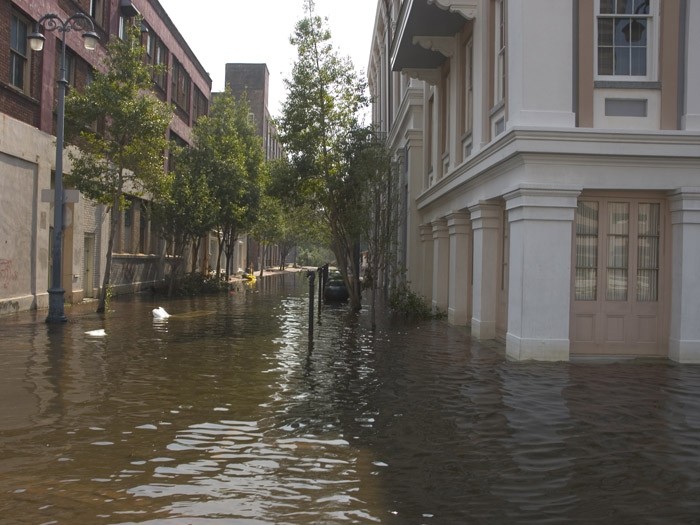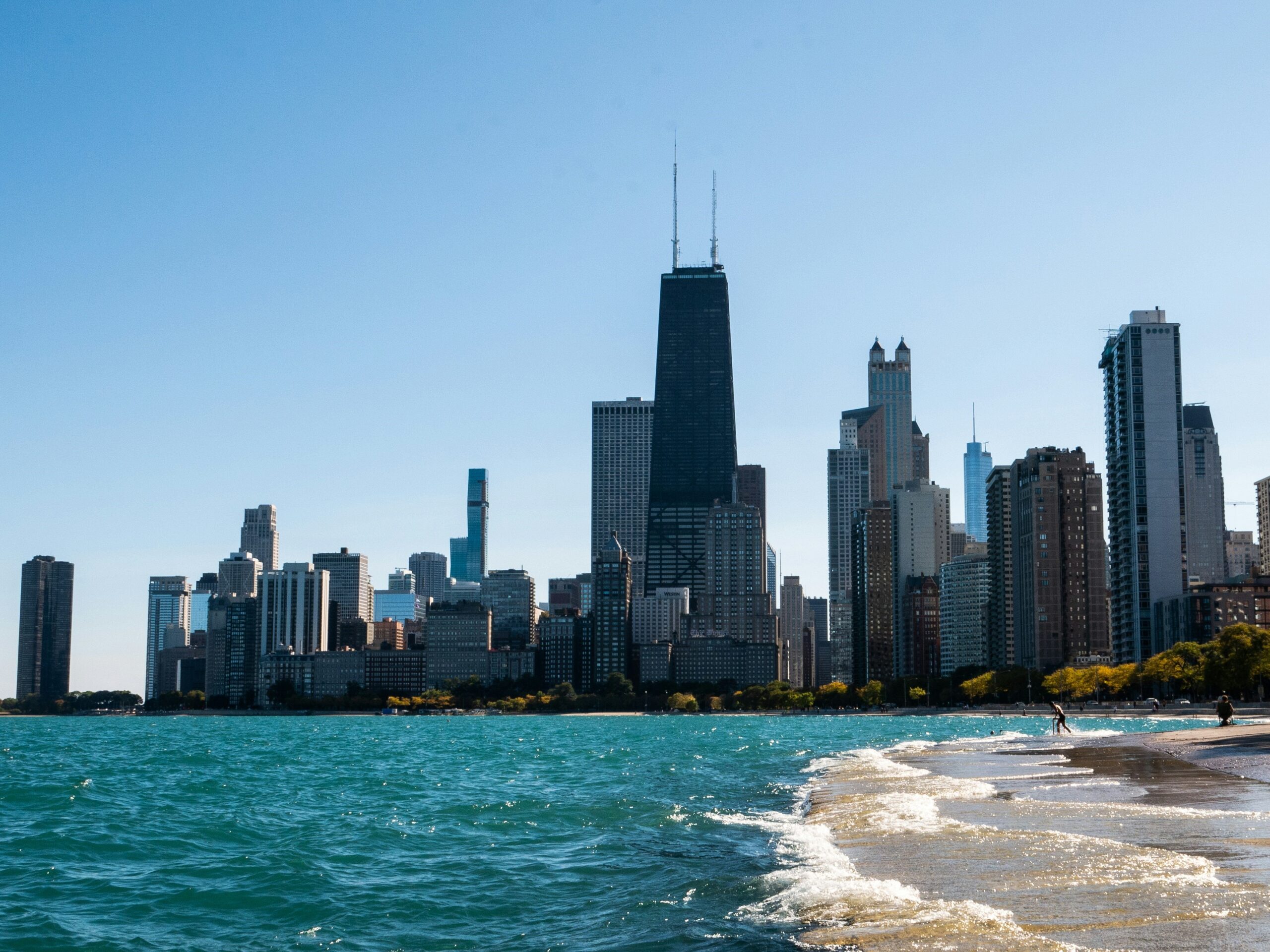RIMS 2016
The Battle for New Orleans: And 99 Other Cities

New Orleans went down once.
It cannot afford to go down again.
As one of 68 cities that is currently taking part in the 100 Resilient Cities initiative, the Big Easy appointed a Chief Resilience Officer and created a resiliency strategy.
The hope is that New Orleans, which is still at 85 percent of its pre-Katrina population, can forestall another disaster of that scale and avoid a crippling population loss.
The initiative, funded by the Rockefeller Foundation in conjunction with global reinsurer Swiss Re, aims to bring a private sector concept, the chief risk officer, into the public sector, where fading infrastructure and limited budgets create a pressing need for holistic risk management.
Alex Kaplan, a North American sales leader, public sector business, for the Zurich-based reinsurer, said global private sector risk management knowledge can be brought to bear to make cities better at disaster recovery, and retain their lifeblood, the very citizens who pay their taxes.
“After a disaster what a city wants is not a check. They want their subway to work, they want their water system to work,” said Kaplan, who sat down with R&I at the RIMS Conference in San Diego on April 10.
In January, Swiss Re announced a partnership with Veolia, the venerable French-headquartered engineering and environmental firm with global reach.
With their combined strength, the reinsurer and the engineering firm aim to provide cities all over the globe with the engineering knowledge to strengthen their key assets, and the risk transfer muscle to speed recovery should those precious assets be damaged.
“Veolia is 160 years old,” Kaplan said.
“After a disaster what a city wants is not a check. They want their subway to work, they want their water system to work.” — Alex Kaplan, North American sales leader, public sector business, Swiss Re
“They focus entirely on infrastructure in the space of water, energy and waste. They can take over assets such as water plants and run them themselves or enter into a partnership with the city to help them optimize performance,” he added.
“Not only are they getting the best service, but they are also saving money simultaneously,” he said of the cities engaged in the initiative.
Additional key pieces for this resiliency equation are modeling and risk transfer.
Jamie Miller, a managing director of Swiss Re and its North America Property head, said the venerable Swiss insurer’s data bases and modeling capabilities can also be shared with public sector leaders to good effect.
“We are taking the modeling science and our risk appetite and some of our other ideas and coupling it with a societal need, whether it is climate change, pandemic or some other emerging risk,” Miller said.
Using state of the art analytics to measure the amount of passenger volume a particular subway route can hold, or the cost to a city of removing three inches of snow, gives public sector leaders a way to measure and mitigate or transfer risk that they didn’t have before, Miller said.
Over time, Swiss Re and other highly rated carriers will join together, to provide capital backstops to the public sector in a way that hasn’t been done before, he said.
“This is going to lead to greater syndication in the public space,” Miller said.
By the end of May, Kaplan said 100 Resilient Cities will announce the remaining 32 cities that will take part in the program.
Cities in the U.S. that are in more advanced stages of the program, which launched in 2013, include quake-exposed San Francisco, Norfolk, Va., and hurricane-exposed New Orleans.
The Rockefeller Foundation provides funding for the hiring of a chief resilience officer for a few years and the resources to build a resilience strategy.
But it’s not just physical damage that is the focus of many risk-focused civic leaders.
Societal problems such as affordable housing and egregious income inequality are also a focus, Kaplan said.
“Whereas we are thinking about hurricanes and earthquakes and tsunamis, they are thinking about aging infrastructure, social inequality, fragmented communities,” Kaplan said.
“So they are thinking about the social aspects as well, and I would say each city that has announced their strategy is paying homage to both,” Kaplan said.
“When a city is responding to a disaster the day the shock occurs, they have to quickly figure out what broke, who can fix it, how long it is going to take and where is the money coming from?”










